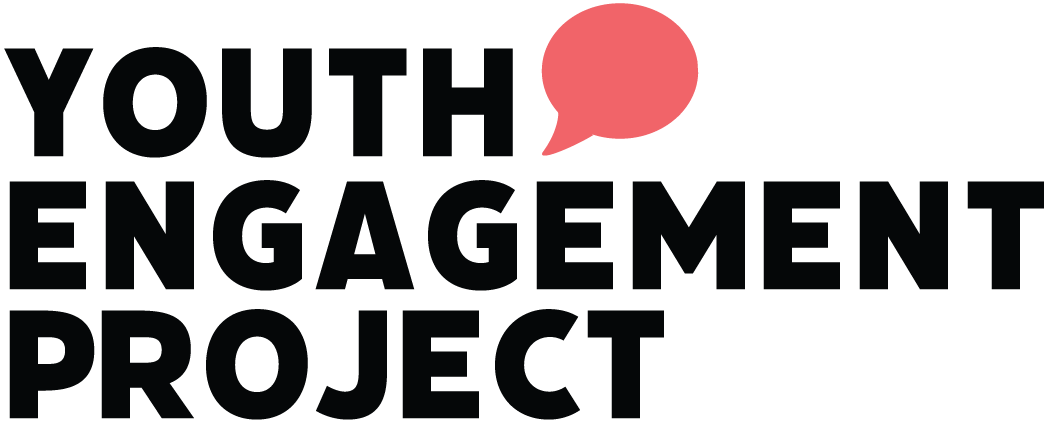The Top 3 Mistakes Facilitators Make When Presenting to Young People (And How to Avoid Them)
Ever been in a room full of young people, ready to inspire, only to be met with blank stares, phones under the table, and a collective energy that could power a nap factory? If you're a facilitator, speaker, or educator engaging with youth, you know the struggle is real.
Speaking to young people isn't just about delivering content—it's about creating an experience. It’s about fostering curiosity, engagement, and emotional connection. Unfortunately, many speakers unknowingly sabotage their impact. Here are three common mistakes (and how to avoid them) so your next session doesn’t crash and burn.
1. Failing to Build Genuine Connection: Talking At Instead of With
Mistake: You jump straight into your content, armed with wisdom and passion, only to realise the audience is more interested in their shoelaces than your words.
Why It Happens: Many facilitators assume that young people should be stoked to just be in the space, or be out of a normal "classroom setting." But engagement doesn’t work that way. Young people don’t respond well to authority figures who treat them as passive recipients of knowledge.
How to Fix It: Build a genuine connection first. Start with an open-ended question, an interactive activity, or even a funny (but relevant) anecdote. Read the room—if they’re quiet, ease them in; if they’re restless, harness their energy. Engagement isn’t about proving how smart you are—it’s about making them feel seen, heard, and involved.
Quick Fix: Before jumping into your session, ask, “What’s the most random fact you’ve learned this week?” or something else that helps to quickly build connection and establish the tone for the session/workshop/presentation.
2. Information Overload (AKA the Firehose Approach)
Mistake: You’ve got a goldmine of information, so you cram everything into your session - most typically in rapid fire. The result? They remember nothing.
Why It Happens: We feel responsible for making the most of our time. The more they know, the better, right? Nope. Brains don’t work like that. Information without engagement is just noise.
How to Fix It: Less is more. Break up content with stories, discussions, and movement. Think about experience over exposure—rather than dumping knowledge, create moments that allow them to discover key insights for themselves.
Quick Fix: Follow the 10-2 Rule—for every 10 minutes of speaking, plan for and then pause for 2 minutes of interaction. Whether it’s a question, a reflection, or a quick activity, this ensures retention and helps boost engagement.
3. Ignoring Emotional Gradient: Pushing Vulnerability Too Soon
Mistake: You open with, “Tell me about the hardest thing you’ve ever gone through.” Silence. Shuffling. Avoiding eye contact. You’ve lost them.
Why It Happens: Speakers want to create meaningful conversations. But diving into deep topics without first establishing safety and belonging triggers the Vulnerability Guard—a psychological defence that keeps young people from opening up until trust is built.
How to Fix It: Emotional gradient matters. Start with surface-level interactions (head-level conversations: ideas, fun facts, relatable stories) before gradually moving toward heart-level discussions (personal experiences, emotions). Vulnerability is earned, not forced - and it's always a young person's choice and their right as to whether they share or not.
Quick Fix: Instead of pushing for deep reflection straight away, start with something light: “What’s a song lyric that describes your mood today?” Let the conversation gradually deepen and the gradient gradually build throughout the workshop.
Final Thoughts: The Best Speakers Create Experiences
Facilitation isn’t just about talking—it’s about curating a space where young people feel safe, seen, and engaged. Avoid these three mistakes, and you’ll move from being another speaker to someone who leaves a lasting impact.
Want to take your facilitation skills to the next level? Check out our training programs to master the art of youth engagement. Because every young person—whether they’re in the front or the back row—deserves to feel included.
https://youthengagementproject.com/publicspeaking
Or keen to jump into a Professional Learning session sooner? We have upcoming events in Sydney and Melbourne to increase Youth Engagement and enhance Public Speaking skills.

